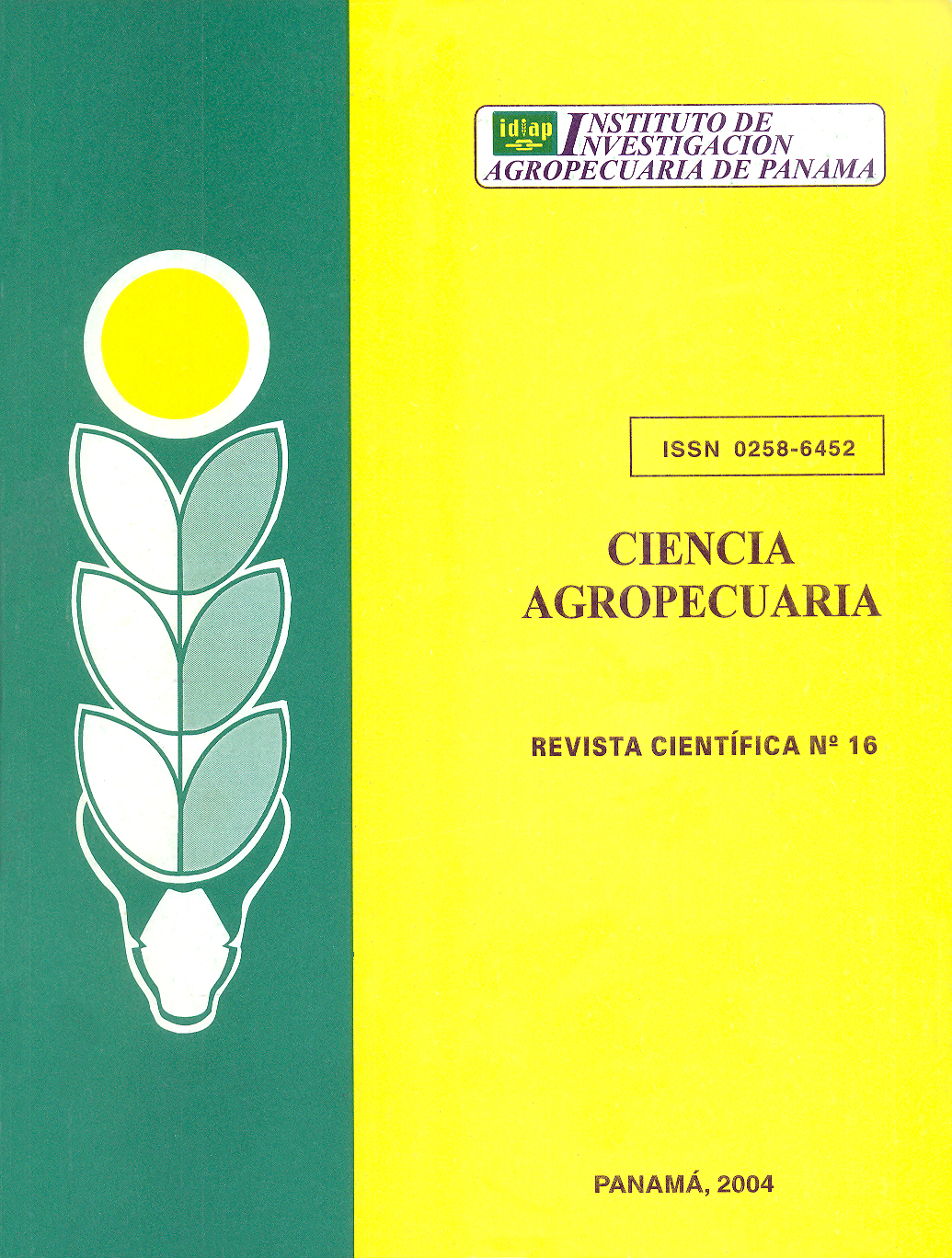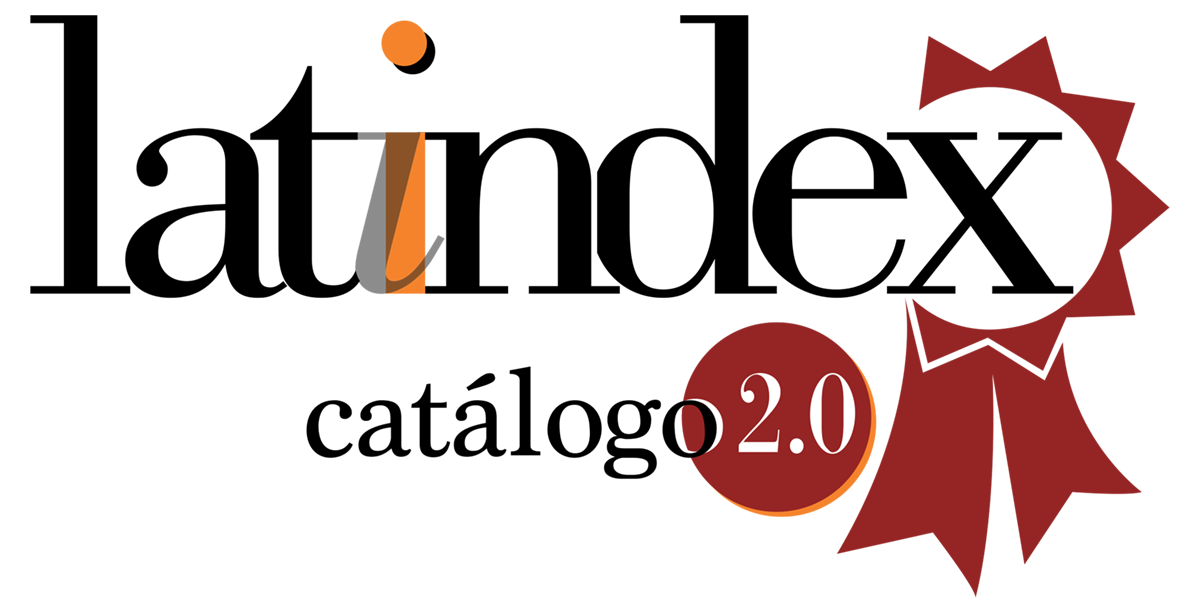USO DE UN BANCO DE KUDZÚ TROPICAL (Pueraria phaseoloides) COMO FUENTE PROTEICA EN UN SISTEMA DE ENGORDE DE TORETES BAJO SEMICONFINAMIENTO EN ÉPOCA LLUVIOSA. LOS SANTOS, PANAMÁ.1998.
Resumen
En Panamá, el costo de la proteína suplementaria es alto en las raciones de engorde intensivo de toretes bajo semiconfinamiento. Con el propósito de disminuir este costo, se llevó a cabo un trabajo para evaluar la respuesta bioeconómica de la sustitución parcial de la harina de pescado por Kudzú Tropical (Pueraria phaseoloides) como banco de proteína. El trabajo se llevó a cabo en Los Santos, Panamá, durante el periodo lluvioso. Se utilizó un diseño completamente al azar y se evaluaron los tratamientos: sin consumo de Kudzú (TSK) y con consumo de Kudzú (TCK). El sistema de semiconfinamiento consistió en pastoreo nocturno en Brachiaria decumbens y confinamiento diurno. La gramínea se manejó a base de siete días de pastoreo y 21 días de descanso y fertilización nitrogenada; el pastoreo de la gramínea se iniciaba a las 5:00 pm. El banco de Kudzú se manejó bajo pastoreo continuo una hora antes del pastoreo de la gramínea. La alimentación suplementaria consistió de melaza, harina de pescado, urea y sal mineral, pero TCK recibió sólo el 50% de la harina de pescado correspondiente a TSK. El suplemento se incrementó quincenalmente, en función del peso vivo de los animales. Se utilizaron 21 toretes que incluían Cebú y cruces de Cebú x Pardo Suizo; éstos fueron desparasitados al inicio y a los 63 días de ejecución del trabajo. La disponibilidad de biomasa (DB) promedio de la gramínea fue 2762 (±148) y 2379 (±158) kg/ha, con un contenido de proteína cruda (PC) de 7.65 (±0.53) y 7.84 (±0.25)% para TSK y TCK, respectivamente. La presión de pastoreo (PPA) varió muy poco entre tratamientos, con un promedio de 2.65 kg MS/100 kg de peso vivo/día (±0.20). La carga animal (CAA) promedio en la gramínea fue de 6.45 y 9.02 UA/ha para TSK y TCK, respectivamente. El banco de Kudzú presentó una DB, PC, PPA, CAA y consumo de MS (CMS, kg/100 kg de peso vivo/día) de 1815 (±99.5), 19.3 (±0.4), 0.87 (±0.02), 16.4 (±0.5) y 0.75 (±0.14), respectivamente. El consumo promedio de melaza, urea y harina de pescado para TSK fue de 1.12, 0.02 y 0.088 kg de MS/100 kg de peso vivo/día, respectivamente. El consumo de melaza y urea fue similar para ambos tratamientos, pero el de harina de pescado fue de 0.088 y 0.038 kg de MS/100 kg de peso vivo/día para TSK y TCK, respectivamente. Se obtuvo efecto de tratamiento (TR) (P<0.001), animal (AN en TR) (P<0.01), período de pesada de los animales (PE) (P<0.001) y TR*PE (P<0.003) sobre la ganancia de peso vivo (GPV). En todos los PE, la GPV de TSK fue mayor a la TCK, con promedios de 0.857 (±0.020) y 0.639 (±0.017) kg/animal/día, respectivamente. En términos económicos, el banco de Kudzú disminuyó el costo en alimentación, pero no compensó la pérdida en el ingreso debido a la menos GPV.
Descargas
Esta obra está bajo una licencia de Creative Commons Reconocimiento-NoComercial-CompartirIgual 4.0 Internacional.






